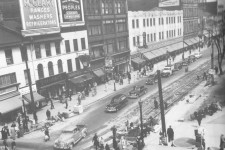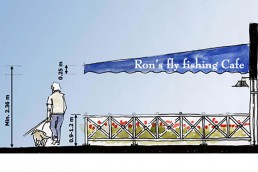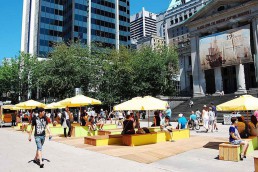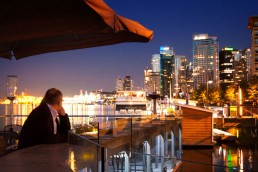Serving the New Urban Trend: The New Sidewalk Awning
The automobile, highway expansion and convenience of suburban shopping centers turned consumers away from downtown districts and into the expansive parking lots of regional malls. But in the last decade downtowns have begun to fight back and reclaim the streets.
There has been an emerging trend in national retail markets that has begun to bolster and emphasize a growing attraction to downtown commercial districts. This shift in consumer preference, coupled with a policy driven reinvestment in the downtown core has started an urban renaissance of sorts.
‘Mall Fatigue’
Described as ‘mall fatigue’, consumers have grown tired of the shopping mall, spending considerably less time in malls (1 ½ hrs.’ a month) when compared to the average time of shoppers throughout the nineties (3 ½ hrs.’ a month). This lack of consumer participation has resulted in the steady decline of mall developments across North America, in some cases current mall owners are considering massive renovation projects that will ‘de-mall’ enclosed outlets. New consumers have expressed an interest in shopping at downtown, unique, one-of-a-kind-stores. However, even big retailers such as Nordstrom and Caldor are getting in on the action by retrofitting their retail format to accommodate downtown relocation.
To maintain this growing momentum, ‘sweeping’ policies have been put in place to return downtowns to their former beauty, maintaining downtown authenticity with all the comforts of the suburban mall. Experts in urban planning have a firm belief that “a dirty street, a sidewalk spotted with old chewing gum and grime, is a turnoff for shoppers”. The ideal scenario: create an urban space similar to the suburban shopping mall by encouraging consumers to move through the street unobstructed in a sanitized, climate controlled fashion. These policies are already in place or quickly gaining traction to embrace a clean street culture and diverse consumerism but unfortunately, unlike the shopping mall, downtowns are still susceptible to natural elements. According to a National Restaurant Association survey, 9 out of 10 restaurants say that local weather conditions influence their sales and customer counts. In cases of frigid weather and extreme heat, common events in cities across North America, shoppers tend to migrate to the air conditioned or heated shopping malls, despite the lack of choices available.
The ‘Awning’ of an Age
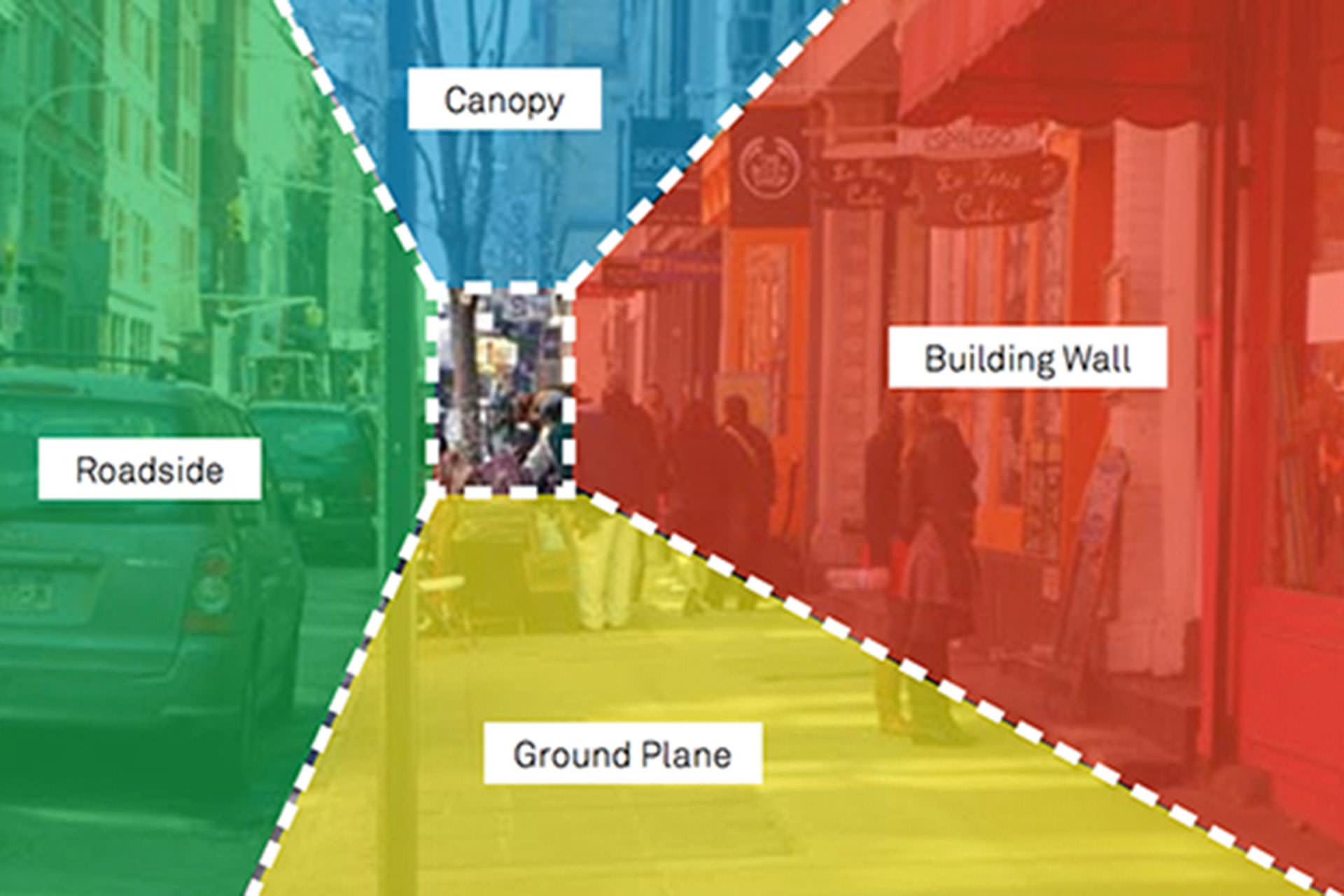
During a more simple time, fixed sidewalk awnings provided shade from the sun and shelter from the rain. As times changed, so did the use and popularity of the awning. However, like the downtowns of yesteryear, the awning is making a comeback. With the support of municipal planning and policy, as well as innovations like the cantilevered retractable canopy and single beam track systems, urban awnings are seen as a viable and aesthetically pleasing solution to climate control. The use of retractable canopies can help facilitate greater foot traffic with efficient sidewalk and patio coverage during periods of precipitation and extreme heat. During cold winter months, frames can be affixed with portable heaters to provide solace from the cold while continuing to maintain necessary snow coverage. With our flat retractable design, the integrity of the building facade can continue to flatter. Also, keep in mind with a retractable option, enjoying beautiful days is just a button away.
The future is here, and so is ShadeFX.
Retractable Solutions for Outdoor Spaces
Please complete the form below to download our free eBrochure.
Price List included
